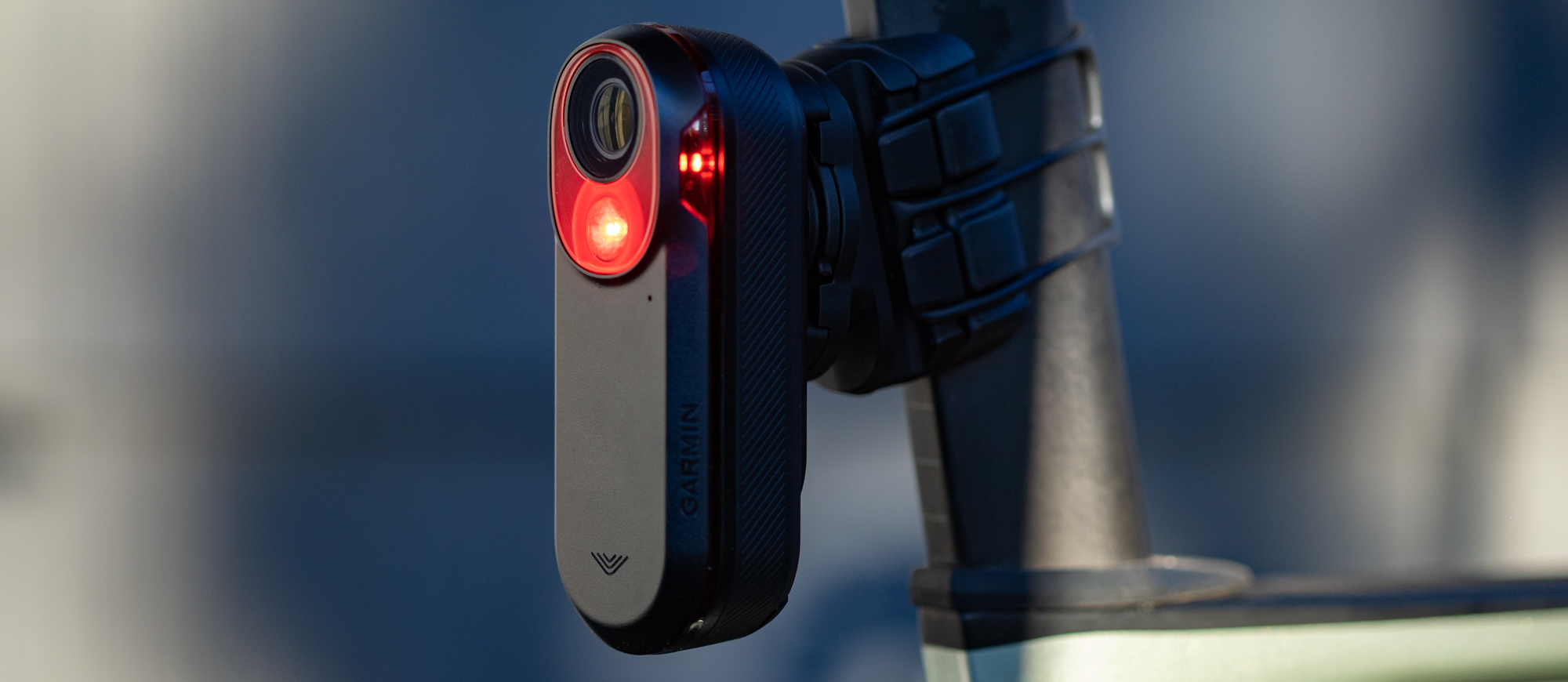Cyclingnews Verdict
Garmin Varia radar is one of the absolute best products you can buy for a bike but this new entry in the ecosystem might not be worth an upgrade. The Garmin Varia RCT715 beats the competition but that doesn’t make it perfect.
Pros
- +
Rear light and Varia functionality continues to be amazing
- +
USB-C charging
- +
IPX7 exceeds the competition
- +
Controllable via some Garmin head units
- +
Battery life is reduced compared to the RTL515 but it's still good
Cons
- -
Video isn't good enough to catch low-light licence plates
- -
Incident detection needs attention
- -
App is very slow and difficult to use for interaction with saved files
- -
Small memory card included
You can trust Cyclingnews
If you are talking about the best bike light on the market, there's no conversation to be had without including the Garmin Varia rear light. Not only is it a very good rear bike light by itself, but it's an incredible piece of technology if you consider the radar functionality. It's one of those innovations that flat-out makes cycling better. It's so good in fact that it transcends the normal product cycles. How can you make something so good, better? With the release of the Varia RCT715, Garmin thinks it has found a way.
After spending time with the Garmin Varia RCT715 I am ready to share all the ins and outs. This is a rare product that straddles the use spectrum, by which I mean there's a use case for the casual commuter cyclists in urban centres but there's also a use case for those who spend their riding time away from the city on low traffic roads. If safety is an important consideration for your riding, then keep reading to see if the Garmin Varia RCT715 should be your next purchase.
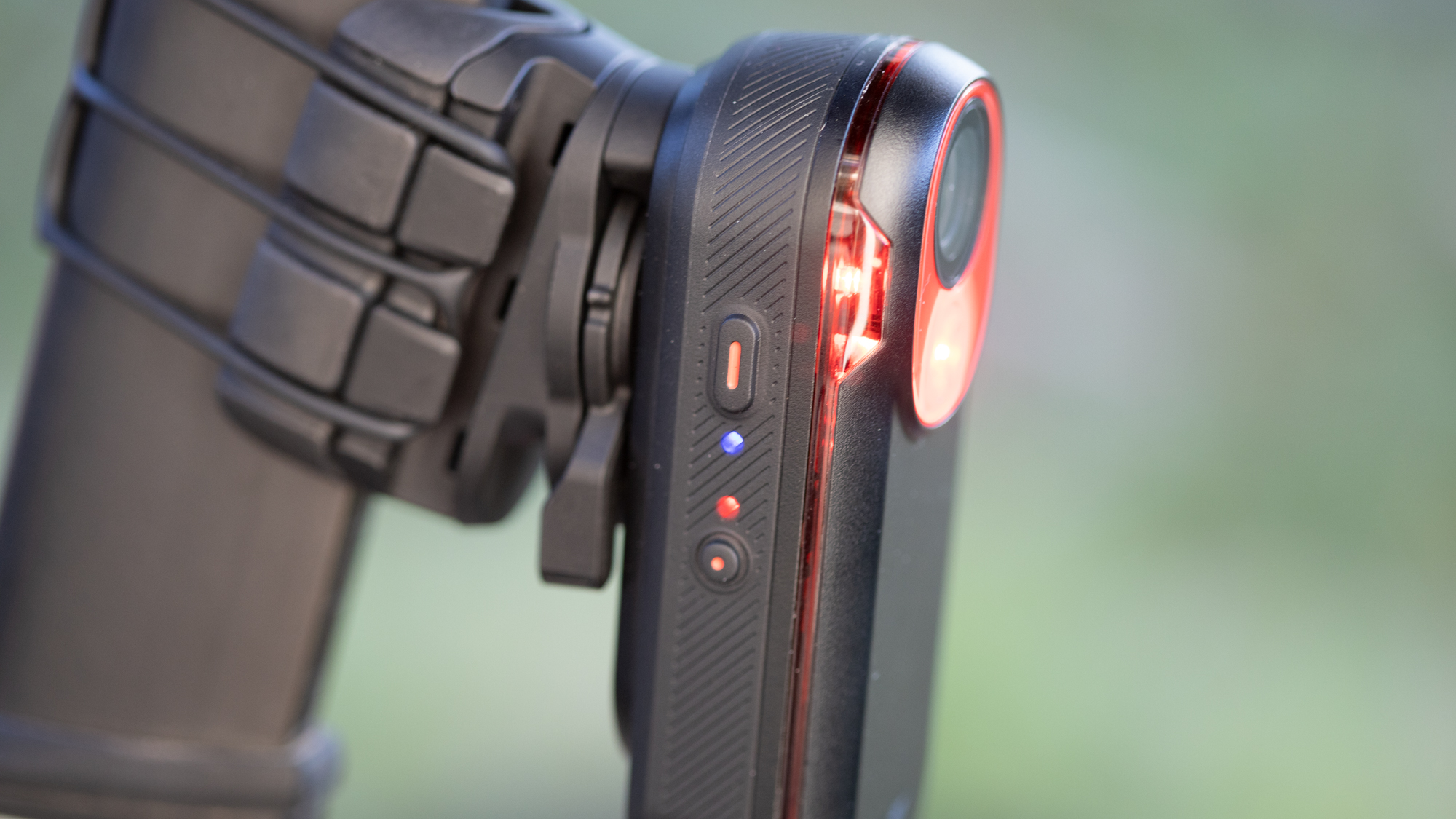
Design and aesthetics
Lay the new RCT 715 down on its back and it almost looks like the older RLT515. It's the same size and shape with a design language that's almost exactly the same. The Varia radar logo sits in the same place at the bottom and the textures are all familiar. There's just one, big, difference. The older light has a single round light at the top and that has now morphed into an oval shape and a camera lens now shares the space.
The previous generation used a reflector that lit up the entirety of the rounded, red, housing and that's now changed. At the top is a camera lens with a glass covering and the light is a much smaller circle directly below the lens. There's a red plastic housing surrounding both pieces but it's entirely for show. Only the small circle with the light in it illuminates.
Flip the RCT715 to its side and it's also similar, but this new device is considerably thicker. Below the front facade, there's still a ring of translucent plastic with space for side illumination near the top. This looks the same as the RLT515 and just like before, the side lights continue to be a redirection of the main light. Only a single spot on each side lights up.
What's new from this view is the placement of the controls. While the RLT515 has its power button at the top, the RCT715 has two buttons on the side. One of them is the "Device Button," responsible for power on/off and pairing mode activation. Lower down there's a "Camera Button'' that when held for one second will save a video or take a picture. Hold this button for four seconds and it also turns off the camera.
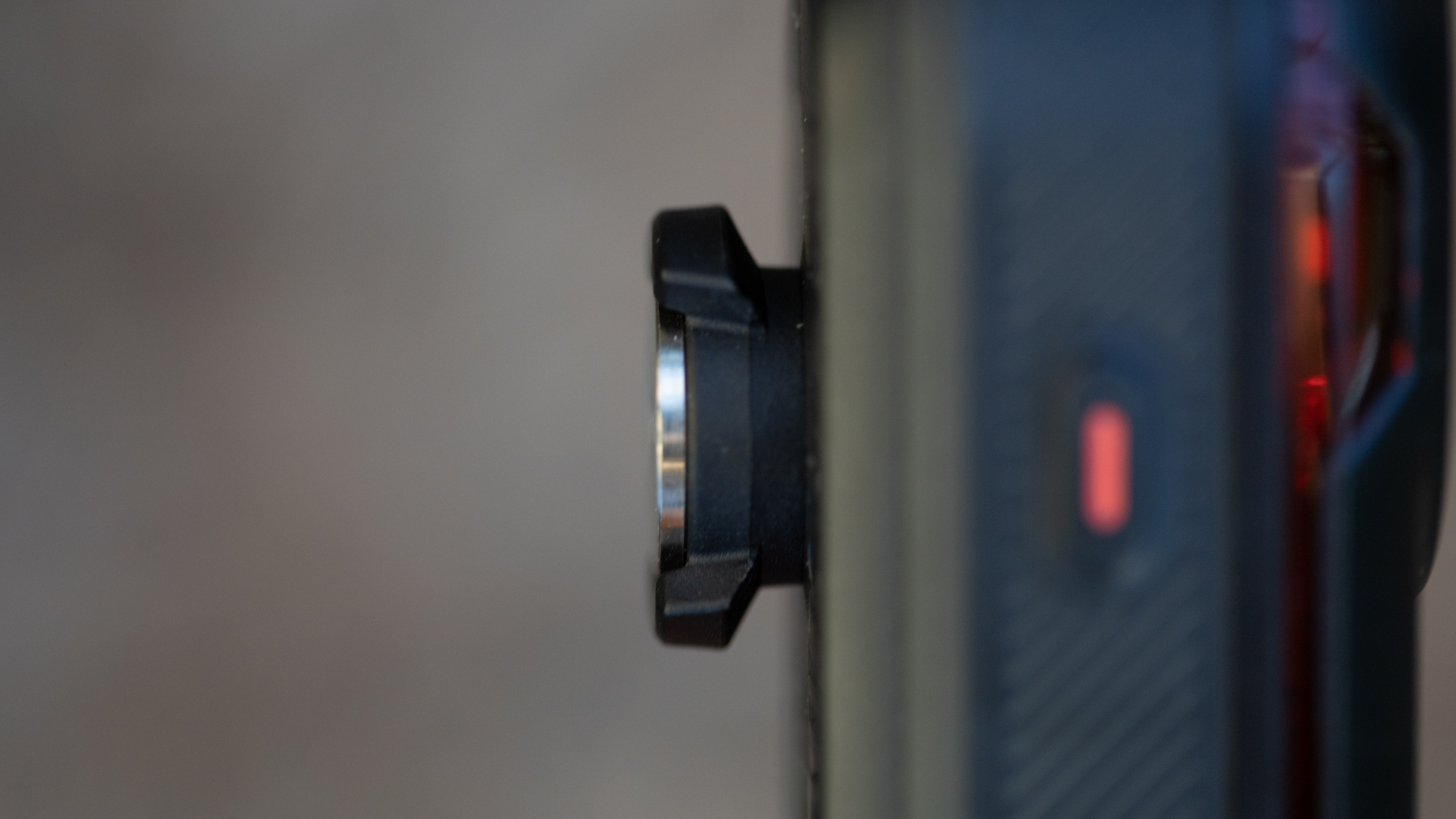
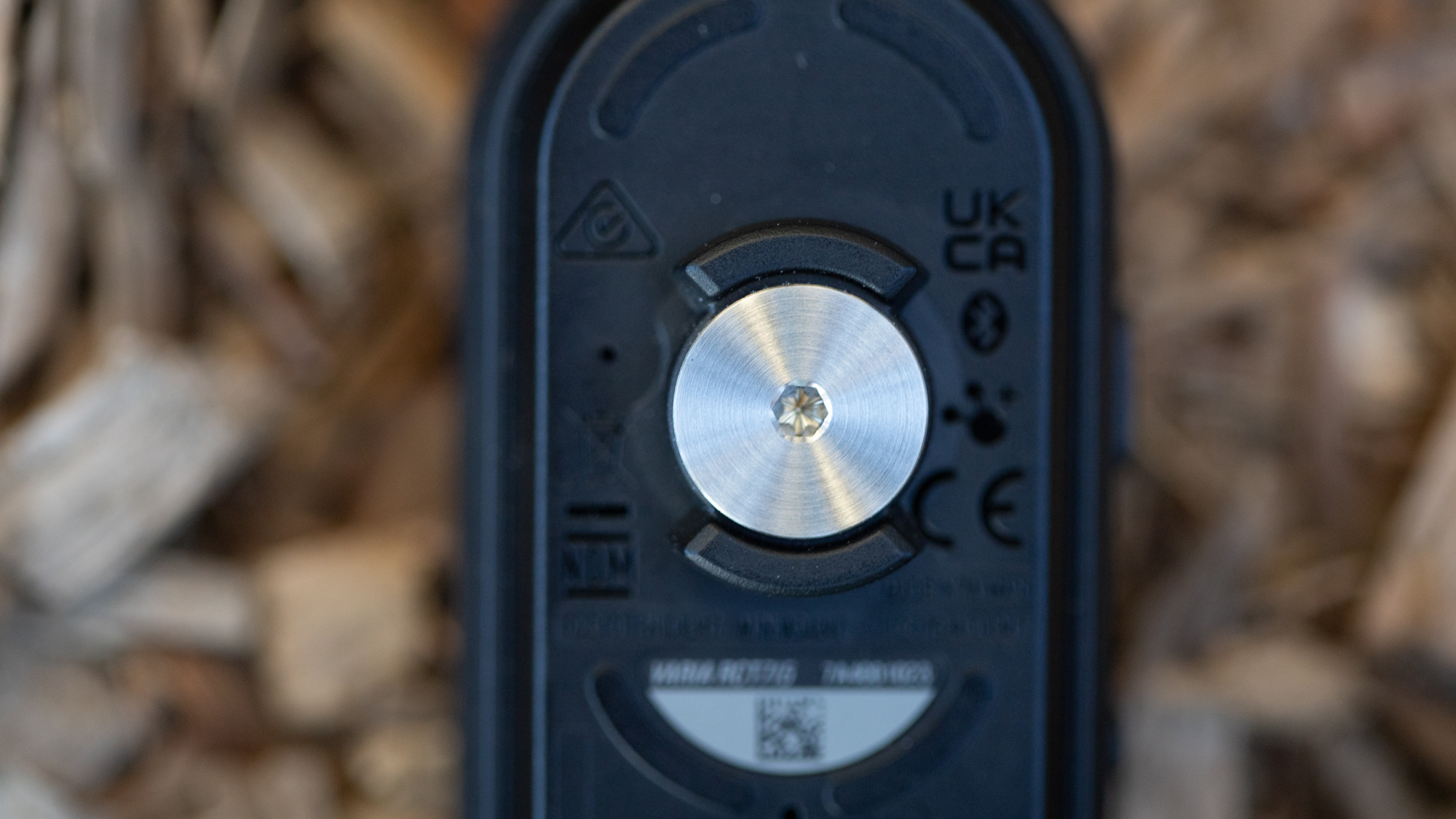
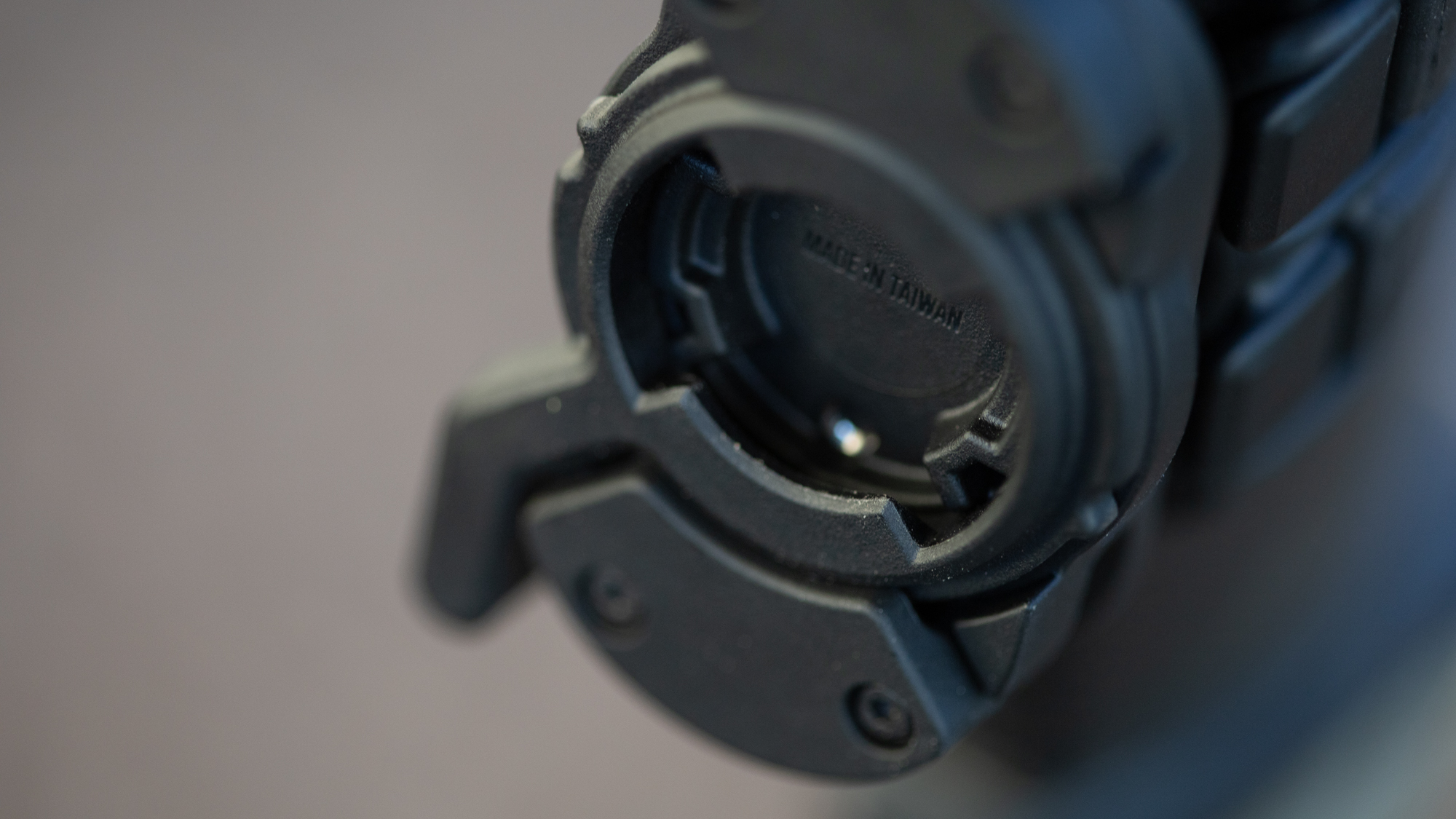
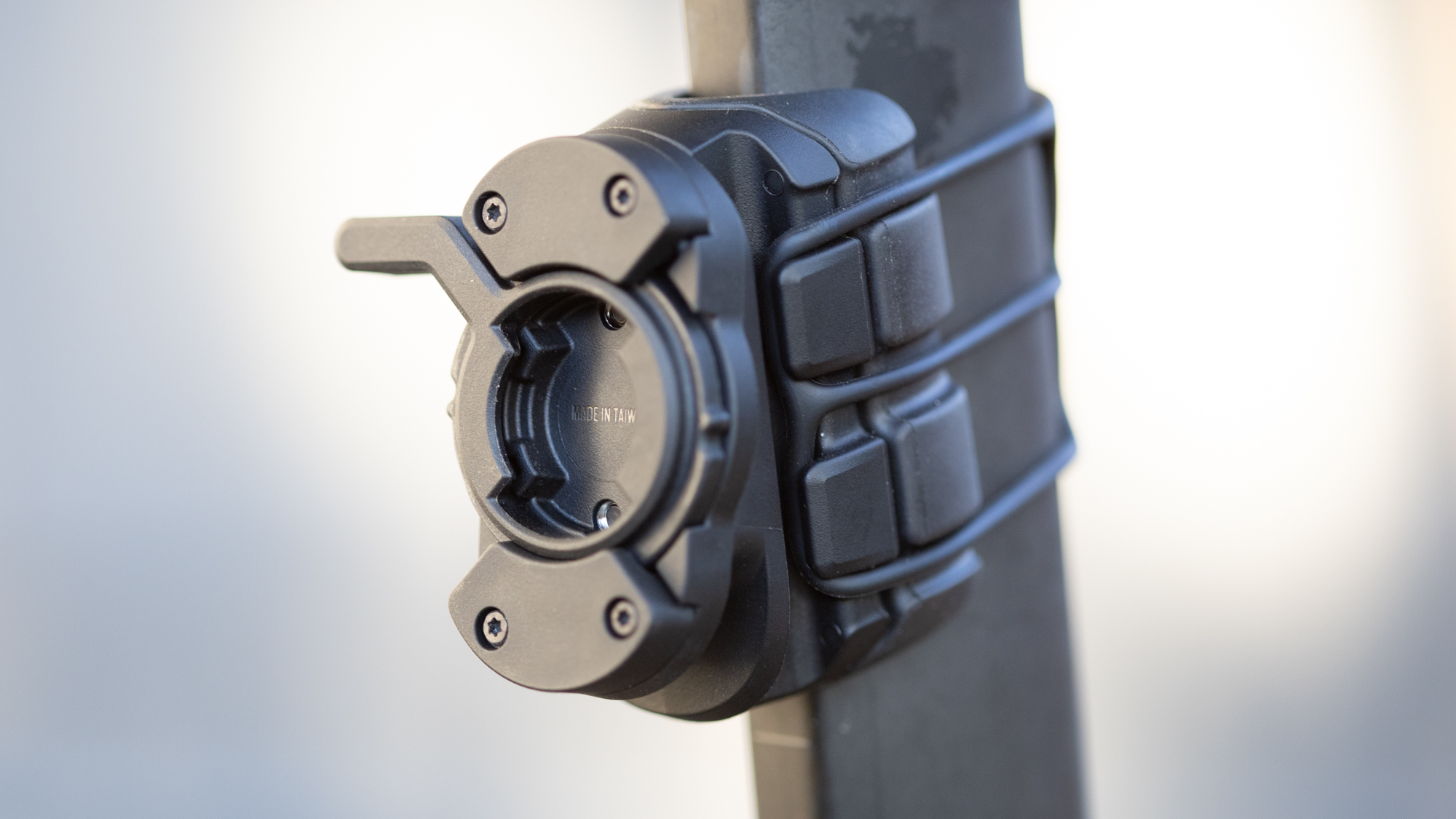
Hidden among the two buttons there are two status lights and a microphone. The mic is self-explanatory but there are also two status lights that convey information depending on colour and flashing vs solid. The lights aren't visible with the device off but the upper light is either flashing or solid and purple, green, yellow, or red depending on what it's telling you. Below that, the camera status light is responsible for letting you know what the camera is doing. Like the one above, it can flash or stay solid, and for colours, it has red, red and yellow alternating, green, or blue as options to share things like recording or issues with space on the memory card.
The last view of the RCT715 is the rear. Down at the bottom there's a covered charging port. This is a USB-C port and it's also possible to use the port to connect to a computer to access the memory card as a mass storage device. Above that, you'll see the kind of door that's best opened with a coin and behind the door is a 16GB microSD card, which if you'd like to replace, Garmin specifies a Class 10 or higher and up to 128GB.
Above the two ports is where the new mount sits. The RCT715 at 147 grams (verified) is just about double the weight of the RLT515 and it carries its weight farther from the mount so Garmin has created a much more robust solution. The tabs are substantially thicker and there's a metal core. The new solution no longer rotates but instead locks in with a lever on the seatpost side of the mount. Whatever you might have been using for the old light, it will not work. There is no way to force it.
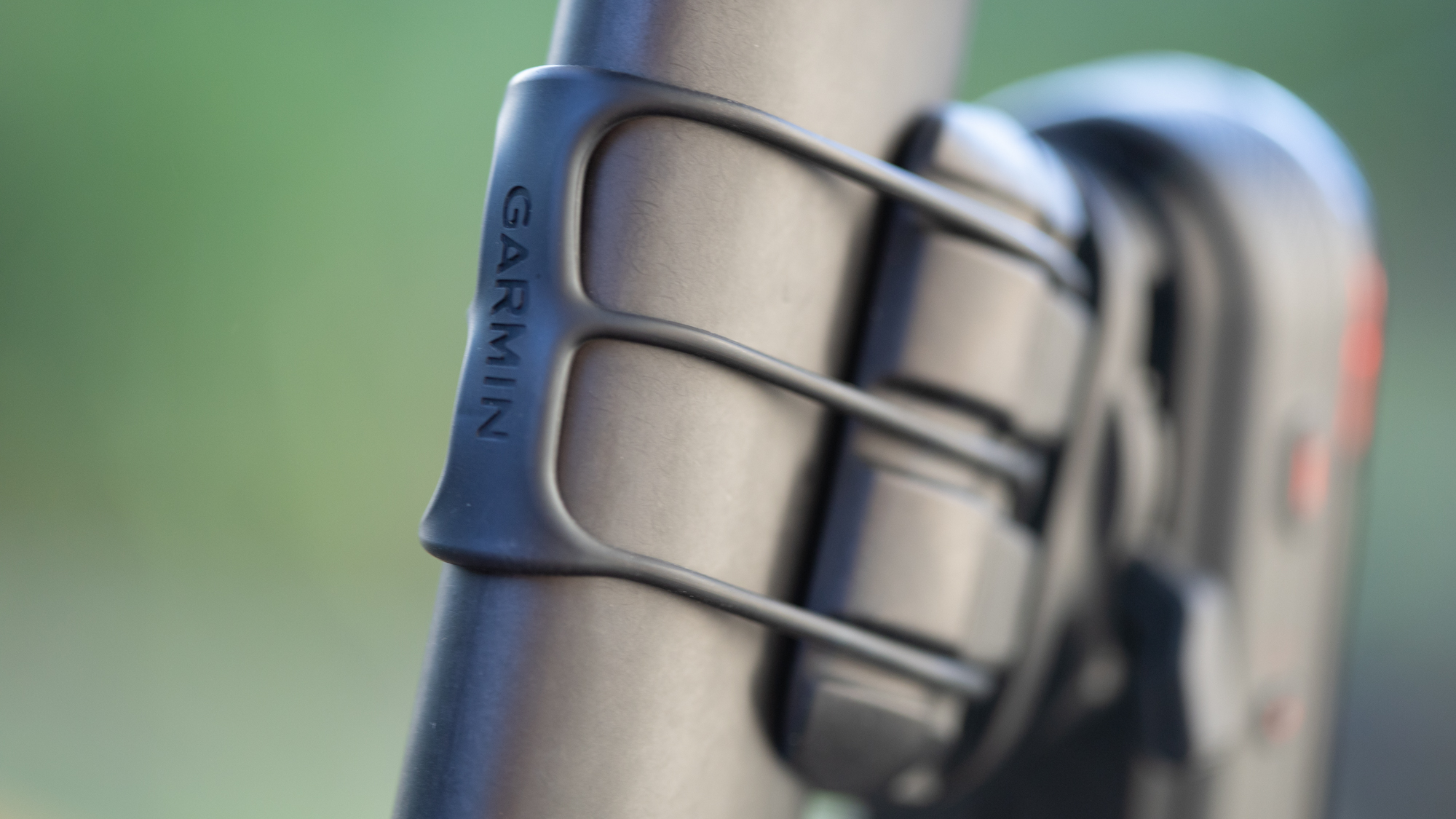
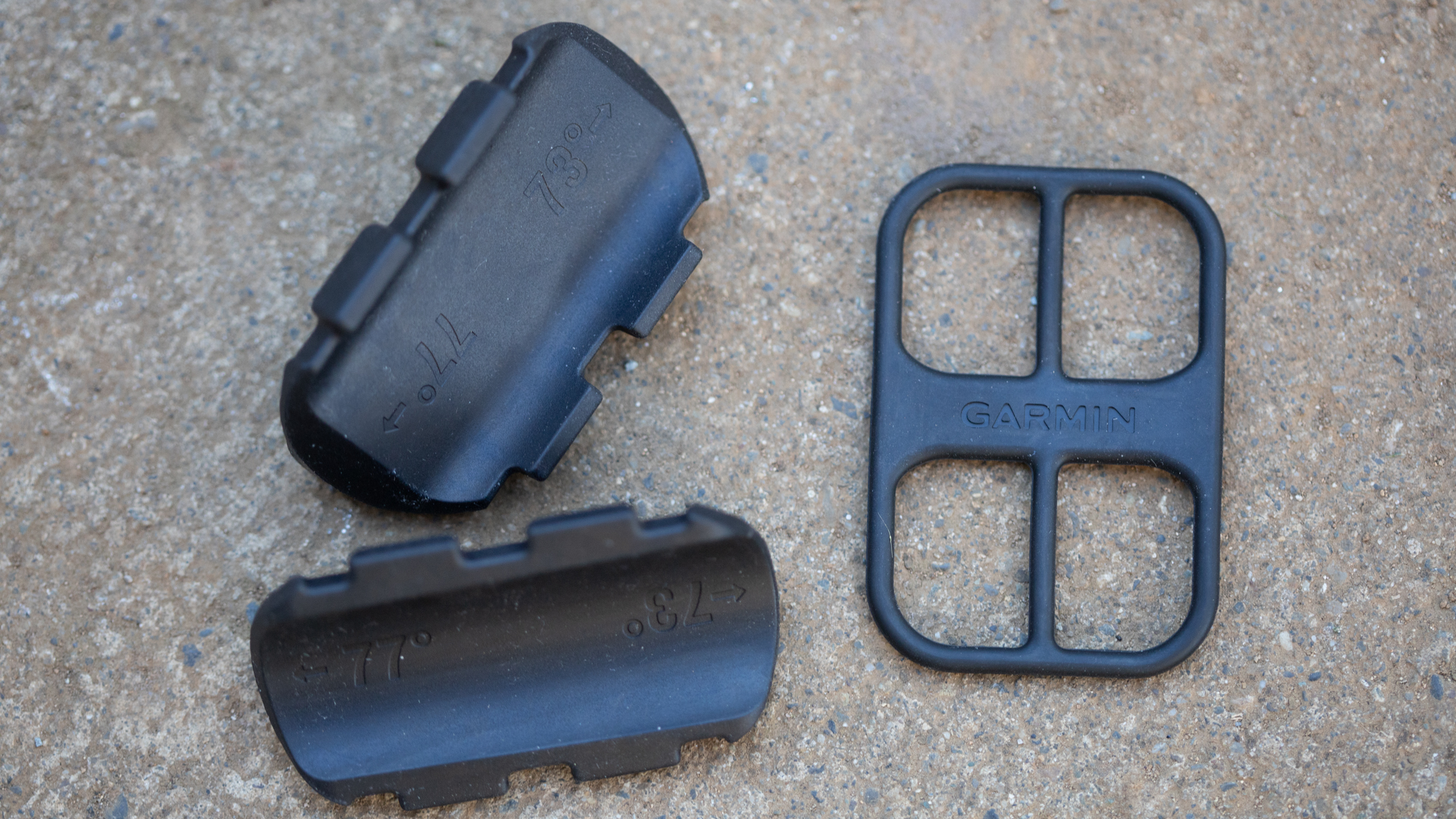
Performance
When I got the Garmin Varia RCT715 I started by installing it on my seatpost, charging it up, installing the app, and pairing it to my Garmin Edge 1030 Plus. The first thing I did was plug it in and seeing the USB-C port was a big relief. I still have plenty of micro-USB devices hanging around but any product released in 2022, and beyond, should have made the switch.
With the battery charging it was time to install the new mount. I've been using a third-party seat rail mount with the RLT515 and I wasn't thrilled to see I needed something new. It makes sense given the weight, and it’s a great mount to use, but it does limit choices. Also, getting the new mount onto the seatpost of the aero optimised Orbea Orca Aero M120iLTD was incredibly challenging. I did get it to work but when it was time to change wheels I opted to flip the bike instead of taking the Varia off and using a work stand.
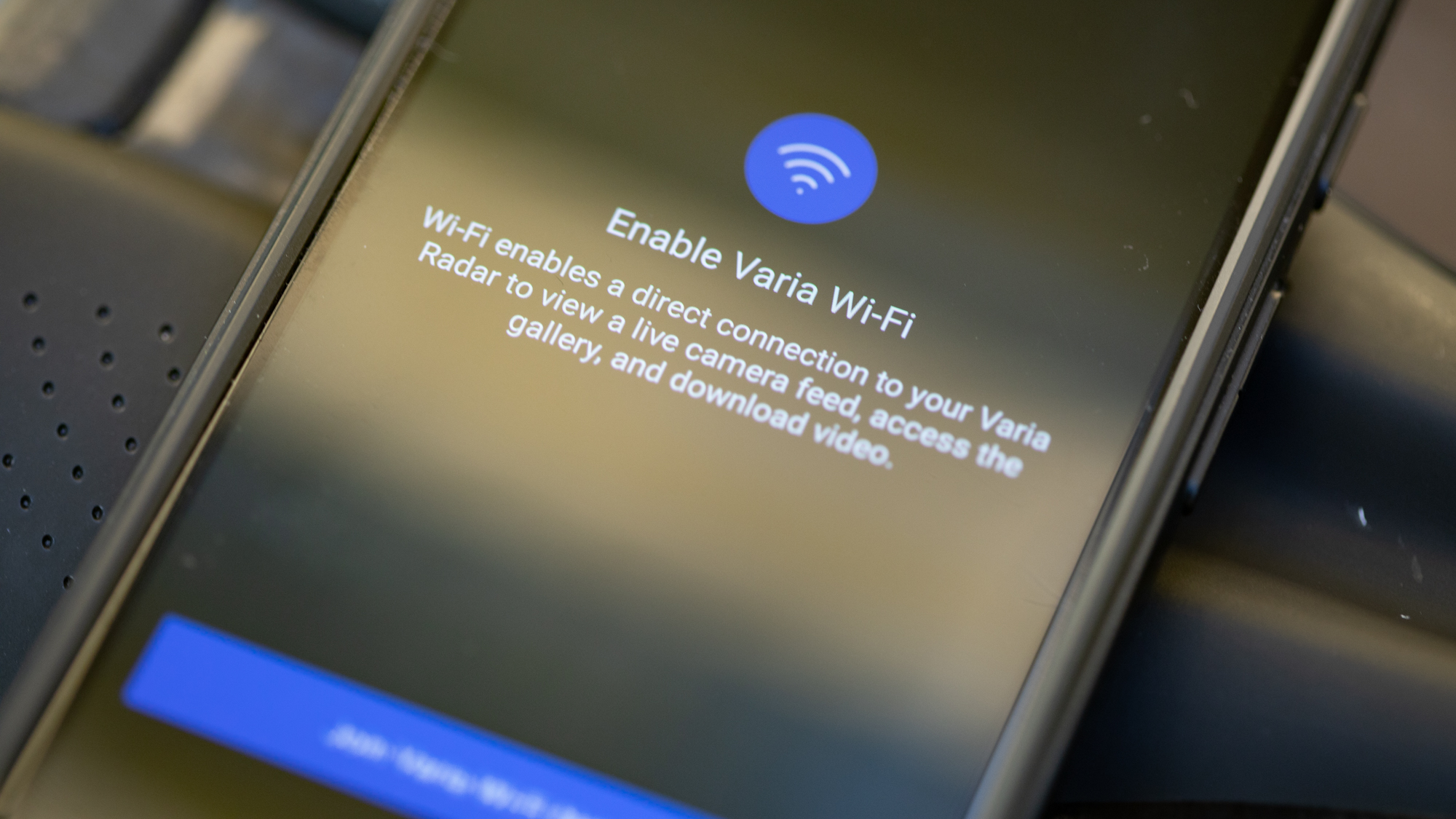
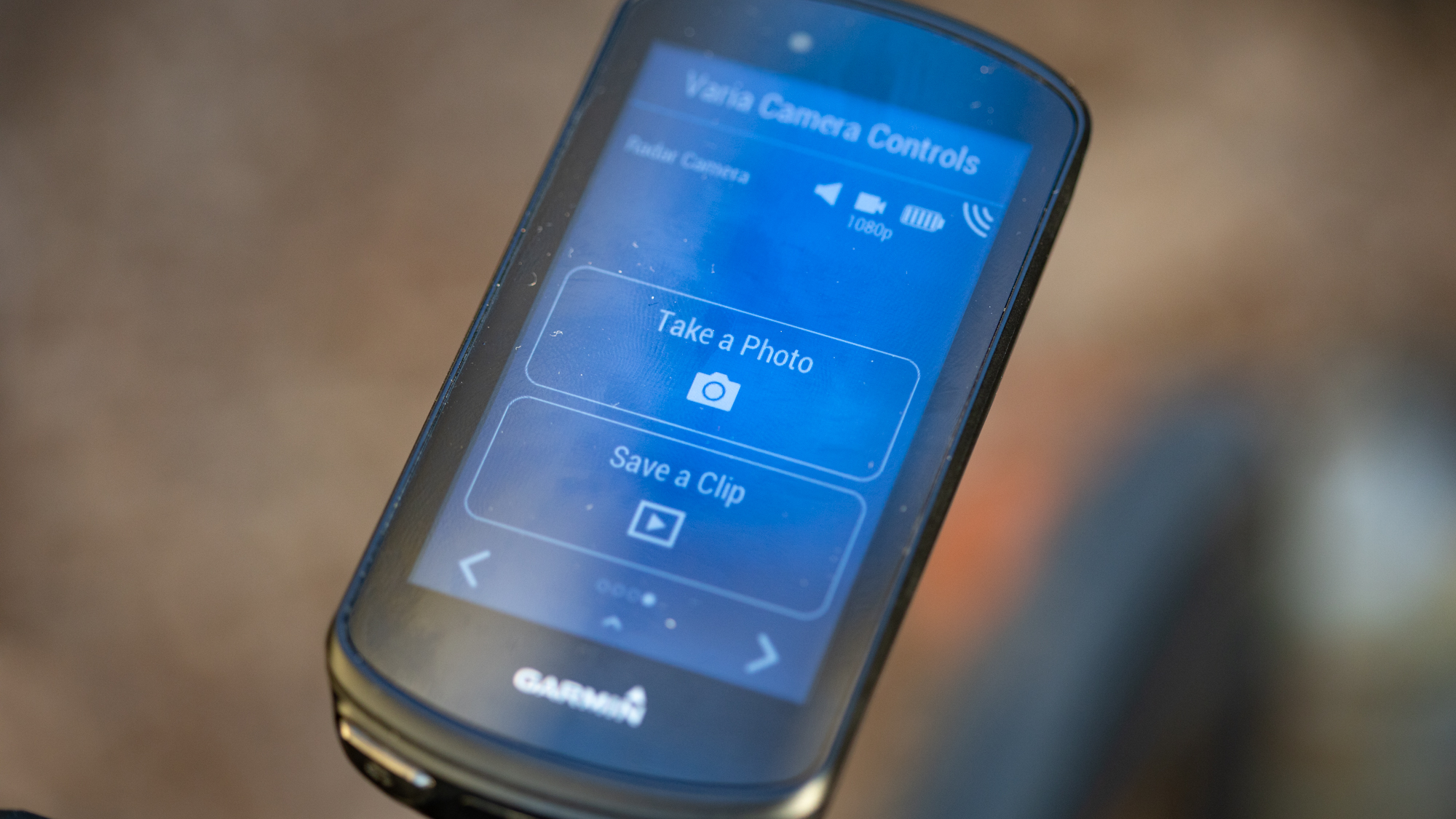
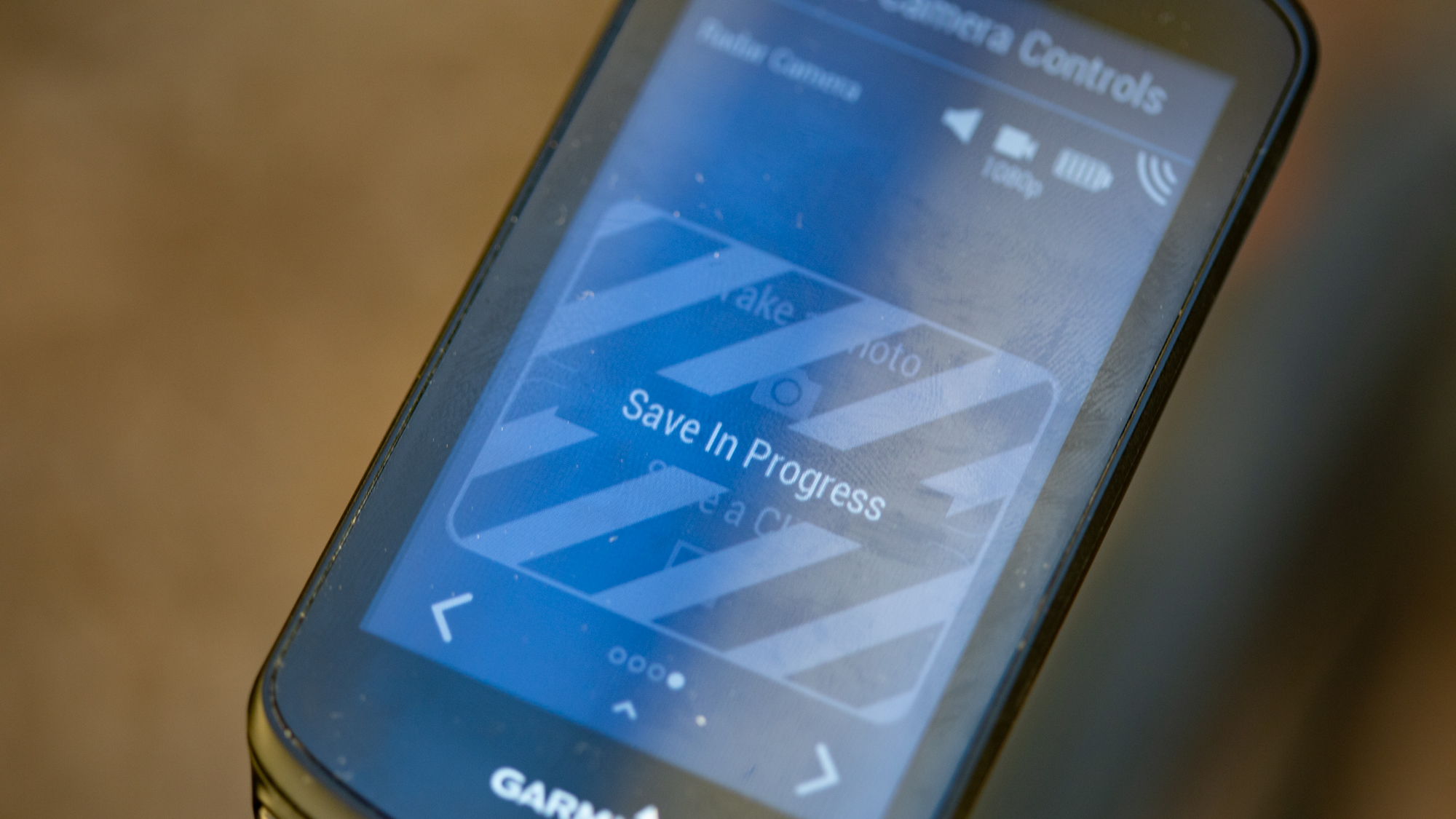
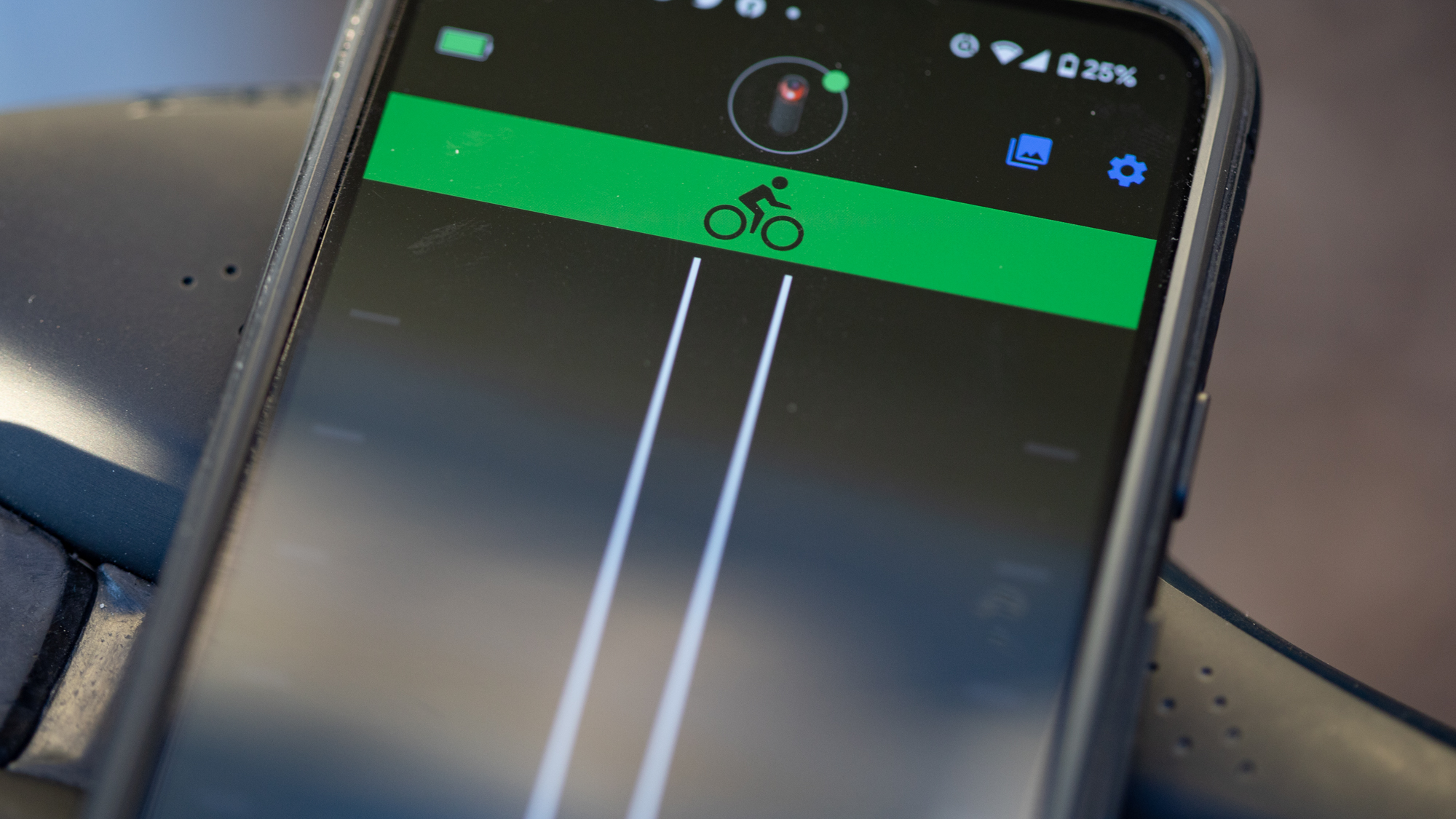
At that point, the remaining setup was all software installation and everything went just fine. The Android app installed without issue and the light was able to connect to my phone. I added it to the 1030 Plus and I had the same controls I had for the RLT515 but with an additional screen with buttons to take a picture and save a video clip. When it was time to test actual functionality, things were less rosy.
There are a few issues at play. The first is that at some point in the last few months (Garmin did not confirm my observation on this) the sensitivity for the incident detection increased. It has become so aggressive that in a single six-hour ride it went off five times. You can see in the sample video that as I make my turn the alarm starts going off for no apparent reason. There's no adjustment the user can make so I don't think anyone would blame you for just turning off incident detection. This leads to an issue with the overall design of the system though.
If you turn off incident detection or are using a head unit that doesn’t support it, then the whole system doesn’t work as smoothly. The idea is to have a rolling list of 30-second clips then, if there’s an incident, one 90 second file would be moved to a protected folder and be there for review. Without incident detection, you’d have to rely on the 30-second clips and hope that your camera stopped recording if there was an accident. Even if that worked out, the clips are functionally impossible to access through the app. You’ll need to read the memory card directly either through the light or through a card reader. It does work but it’s starting to stray from the smooth flow that Garmin envisions.
The bigger problem though is that the quality isn't very good. In full sun it's likely that you will be able to make out a licence plate. Not easily but I had pretty good luck stopping frames and reading plates while I was testing. There tends to be one frame that works as long as the light is perfect. Late in the day, on a cloudy day, I couldn't read any of the plates.
Battery life comes back around to a rosier picture. Garmin quotes six hours of day-flash while recording at 1080p. I managed to squeeze about six hours and forty-five minutes out of the unit in my testing. For my riding, that’s only barely enough for my weekend rides but I recognize I’m in the minority. For most people that is a workable amount of runtime. It is extendable without video recording but without the video functionality, there’s little point in using the RCT715 instead of the RLT515.
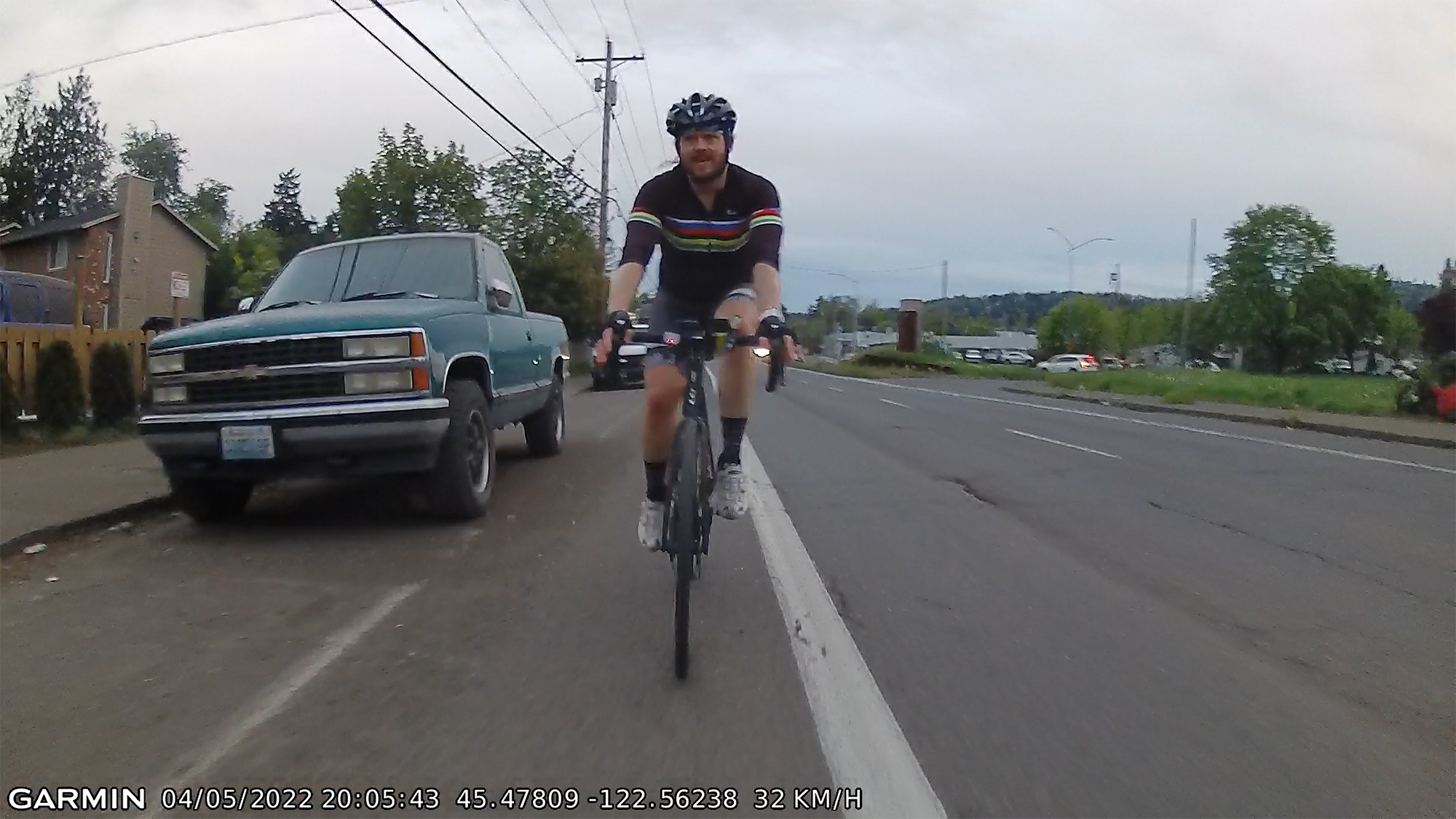
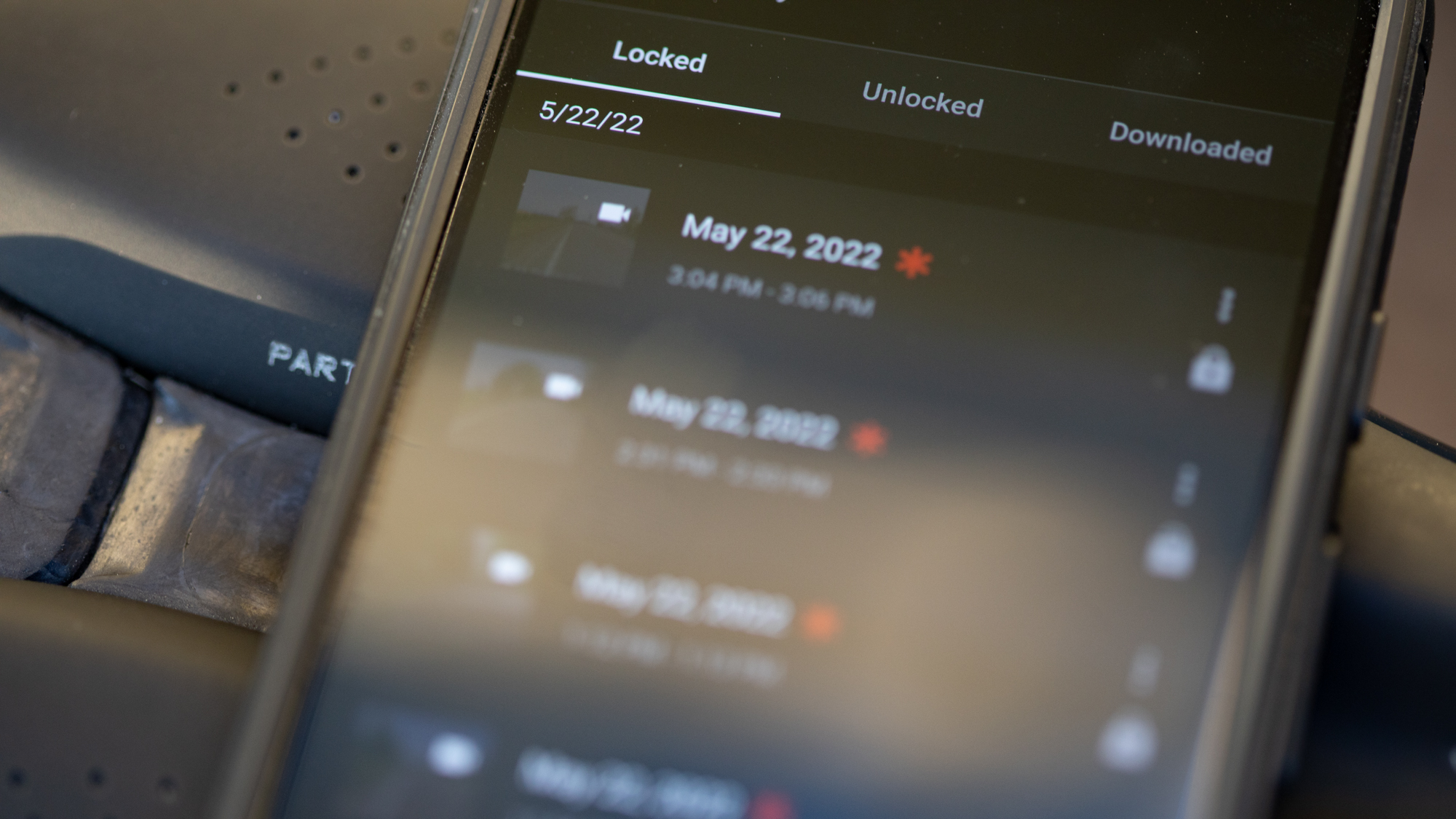
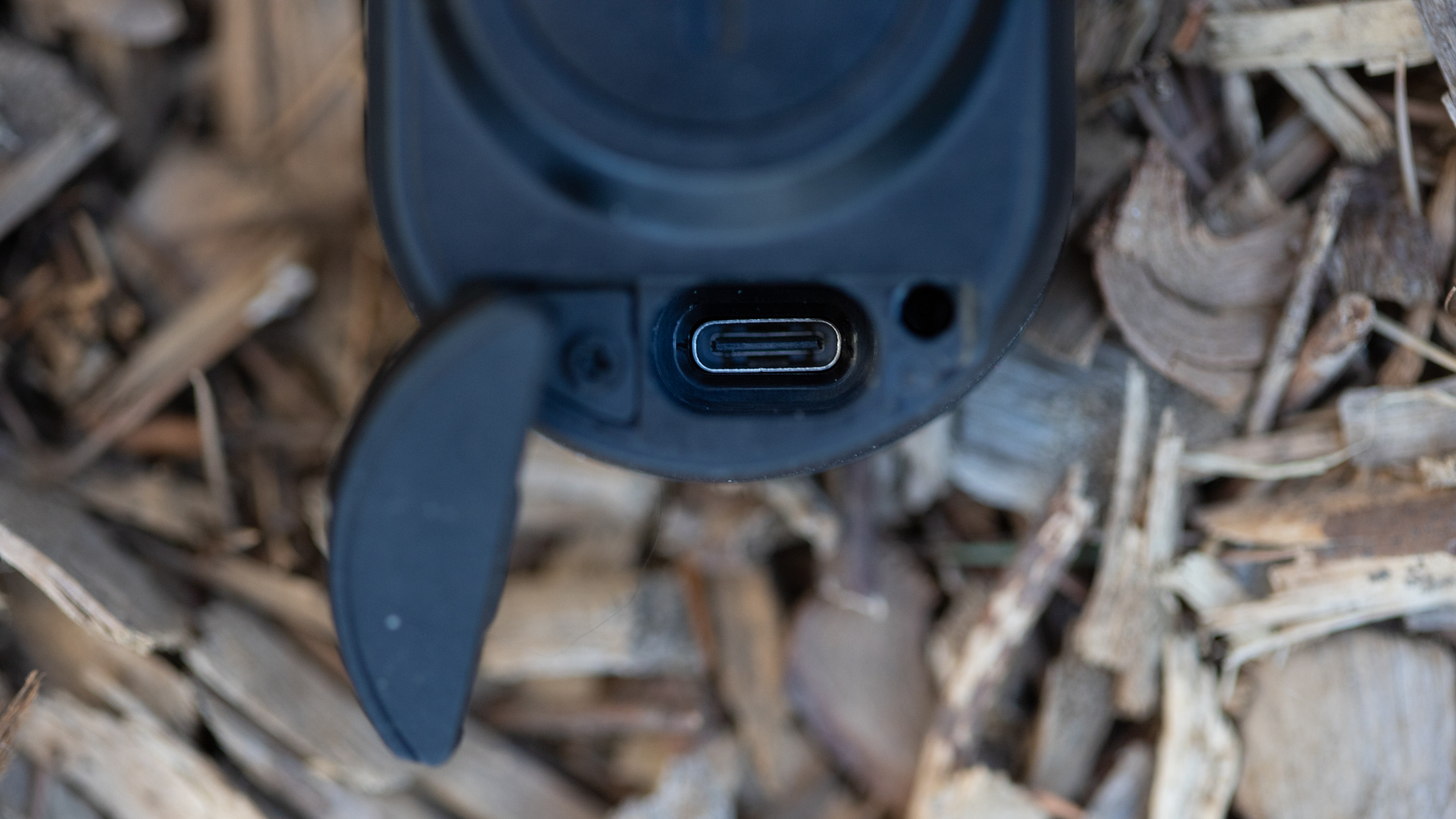
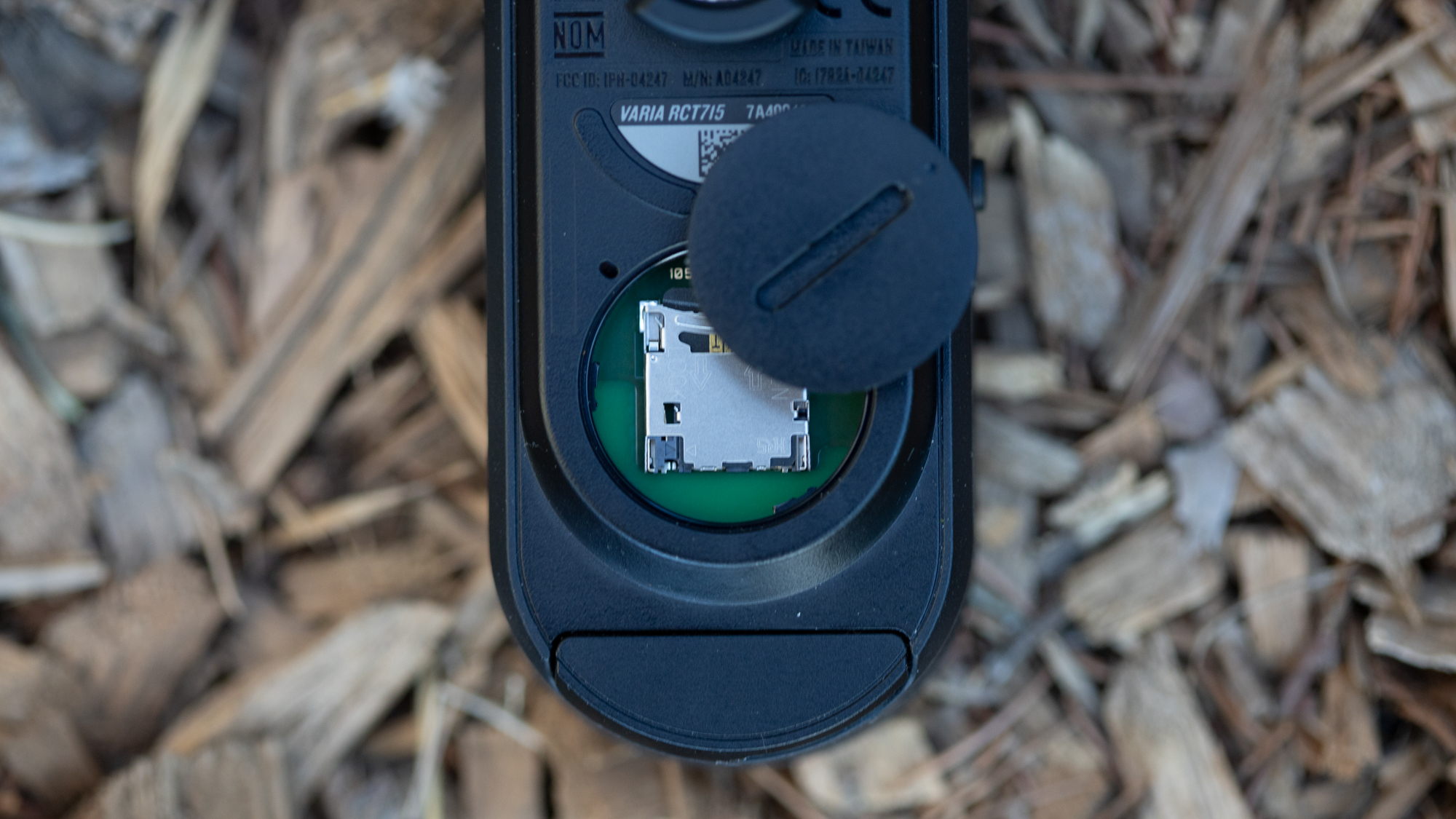
Verdict
The Varia light and radar is amazing. I would love to see a new version that adds a few small updates. The Garmin Varia RCT715 is not a follow-up product so much as it is a companion product. If your concern is having a video record of any potential issue then conceptually this is your product. Unfortunately, there are a few details holding it back.
There’s a mix of issues that are fixable and some that aren't. The small included memory card could be updated for less than the price of a mid-ride coffee stop. Incident detection needs some updating but it’s been good before and likely will be again soon after a firmware update. The app is also a problem but given that it’s easily bypassed it’s not worth worrying too much about. The biggest issue that’s not fixable is the video quality but in this case, that issue might get a pass because of the competition.
To compare to an established product, the Cycliq Fly 6 Generation 3, as a frame of reference: The Garmin costs close to half the price but has the Varia radar and that in itself is well worth the price difference. What Garmin also has is the exact same video quality, more battery life, and a greater field of view. Garmin made the choice not to include 4k video because it wanted to maximise battery life. It would seem it isn't the only one with this dilemma and unfortunately the technology isn’t yet where we’d like it to be. This new entry from Garmin could use some firmware massaging but right now it’s the best one-piece solution in this space.
If the image quality is of concern, though, a Varia RTL515 paired with a GoPro would be an alternative solution, at the expense of run time.
Tech specs: Garmin Varia RCT715
- Price: £349.99 / $399.99 / €399.99 / AU$639
- Dimensions(LxWxD): 4.2” x 1.7” x 1.3" (106.5 x 42.0 x 31.9 mm)
- Weight: 5.2 oz (147.0 g)
- Light modes: solid, peloton, night flash, day flash
- Lumens: 20 solid, 8 peloton, 29 night flash, 65 day flash
- Camera modes: Continuous, Off, Radar-Activated
- Camera settings: 1080p/720p, with 30 FPS
- Battery life with camera recording in 1080p: 4 hours solid or night flash, 5 hours peloton, 6 hours day flash
- Battery life with camera off: 6 hours solid or night flash, 8 hours peloton, 10 hours day flash
- ANT+®: yes (radar, bike lights)
- BLE: yes (radar, camera control)
- Wi-Fi®: yes (local network only)
- Water rating: IPX7
- Viewing angle: 220°
- Memory card: 16 GB micro-SD card included and up to 128 GB supported
Looking to enhance your indoor cycling experience? Check out our Garmin discount codes to save money on Garmin products.
Josh hails from the Pacific Northwest of the United States but would prefer riding through the desert than the rain. He will happily talk for hours about the minutiae of cycling tech but also has an understanding that most people just want things to work. He is a road cyclist at heart and doesn't care much if those roads are paved, dirt, or digital. Although he rarely races, if you ask him to ride from sunrise to sunset the answer will be yes. Height: 5'9" Weight: 140 lb. Rides: Salsa Warbird, Cannondale CAAD9, Enve Melee, Look 795 Blade RS, Priority Continuum Onyx
